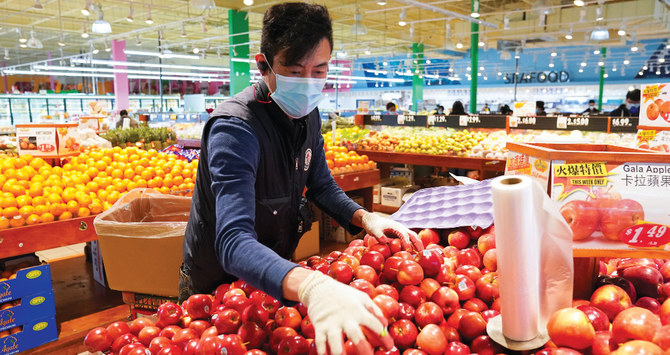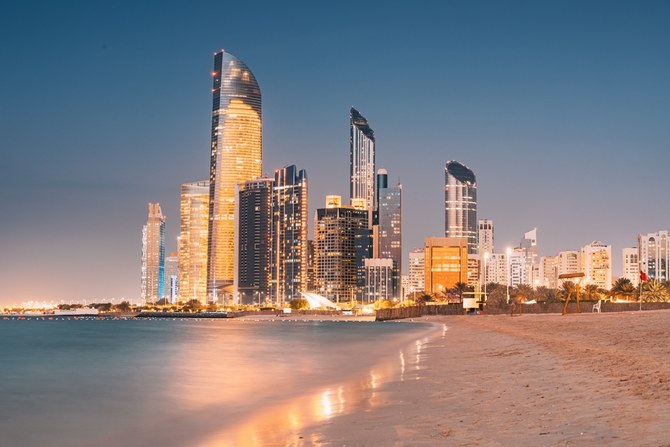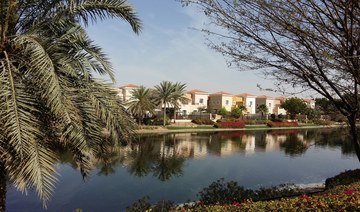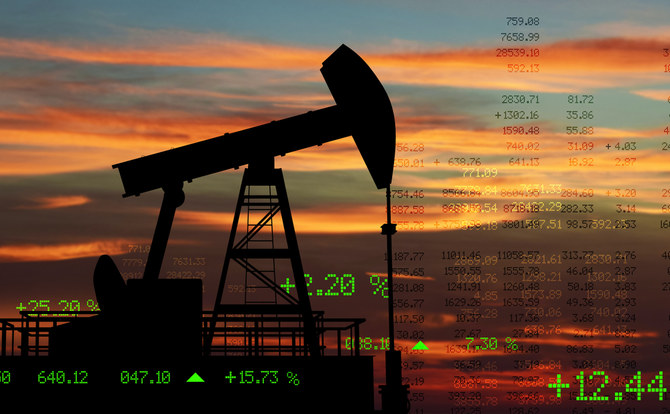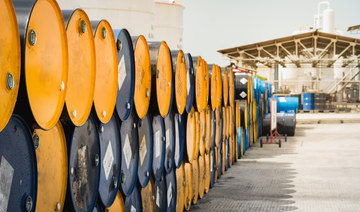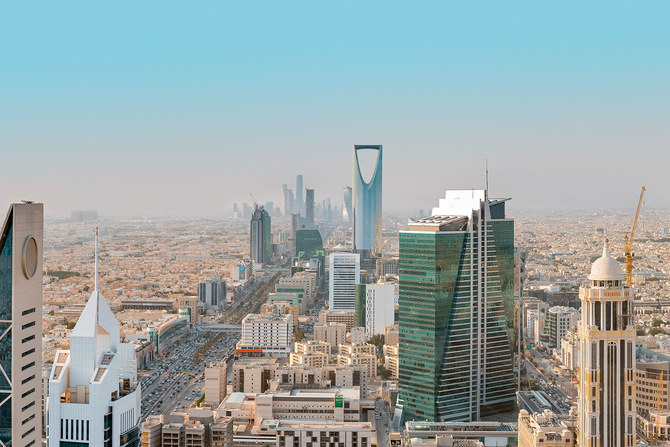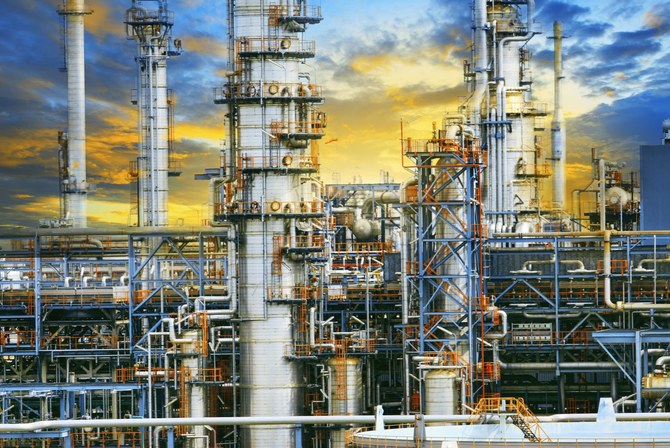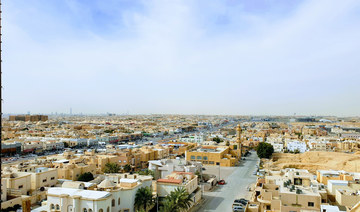WASHINGTON: White House advisers have been discussing the possibility of a coronavirus-related US Treasury bond, US President Donald Trump’s economic adviser Larry Kudlow said on Monday.
Kudlow said this was a time to sell bonds to raise cash for coronavirus relief efforts and a “war bond” was a great idea.
“We’re just looking at it ... let’s see where it leads,” he told reporters at the White House.
He embraced the idea earlier in an interview with CNBC.
“This would be a long-term investment into the future of American health, safety and the economy,” Kudlow told CNBC.
“From my standpoint, technical considerations aside, I think the concept is exactly right.”
Kudlow also said he does not think the Federal Reserve was finished with its efforts to help mitigate the impact of coronavirus.
Asked if there were discussions about a plan to deal with businesses that are not investment grade but have more than 500 employees, he told CNBC: “People calling us and emailing us and so forth. I know Secretary Mnuchin is looking very carefully at that.”
Also on Monday, two European Commissioners urged Germany to agree to the EU issuing joint debt to fight the coronavirus crisis, as wealthy northern nations remain reluctant to back so-called coronabonds.
“Like the European Central Bank in the monetary and financial sphere, the member states must now prove their joint decisive and innovative spirit,” internal market commissioner Thierry Breton and economy commissioner Paolo Gentiloni wrote in the Frankfurter Allgemeine Zeitung (FAZ) daily.
That could take the shape of “a European fund whose explicit function would make possible issuing long-term bonds,” Breton and Gentiloni suggested.
“Strictly limited to collective investments for industrial revitalization in the context of the current crisis,” the instrument would be proof of “unshakeable solidarity” among EU nations, they argued.
A group of states including southern European heavyweights Italy, France and Spain have been imploring northerners like Germany, Austria and the Netherlands for common debt facilities to cushion the economic impact of the virus.
But conservative politicians in the north fear the plans would mean the eventual mutualization of all sovereign debts and their taxpayers footing the bill for supposed southern profligacy. Finance ministers from the 19 euro single currency member states will meet on Tuesday to again seek a solution to the deadlock.
Germany’s Olaf Scholz on Friday proposed a three-pronged scheme including cheap loans from the financial crisis-era European Stability Mechanism (ESM), cash from the European Investment Bank and an EU-wide unemployment reinsurance scheme, skirting the issue of joint debt.
And EU Commission President Ursula von der Leyen on Friday promised a post-crisis “Marshall Plan” for the bloc funded through its existing joint budget, whose next seven-year period runs from 2021-27.
Responding to Scholz’s plans, Breton and Gentiloni argued Monday that a “fourth pillar” of financial aid would be needed to master the crisis, “given the size of the sums involved.”
Also in the FAZ and France’s Le Figaro Monday, Bundestag (German parliament) president Wolfgang Schaeuble and his French counterpart Richard Ferrand called for “more solidarity and fiscal integration” in Europe.



